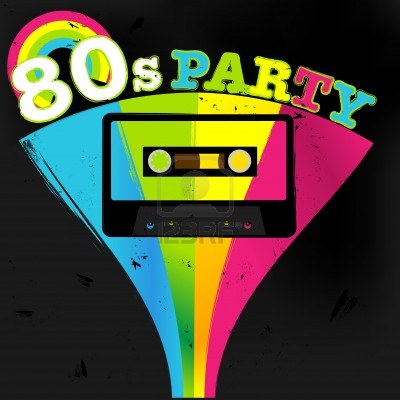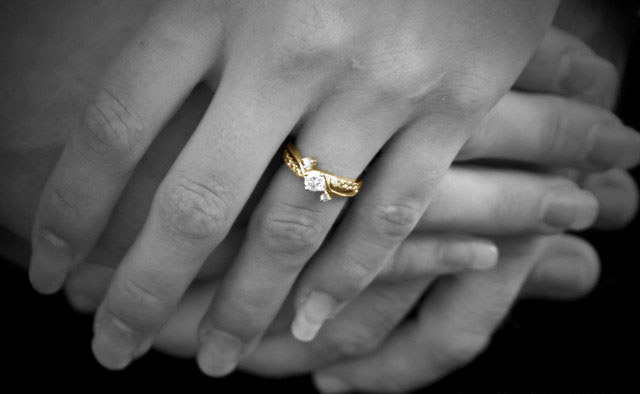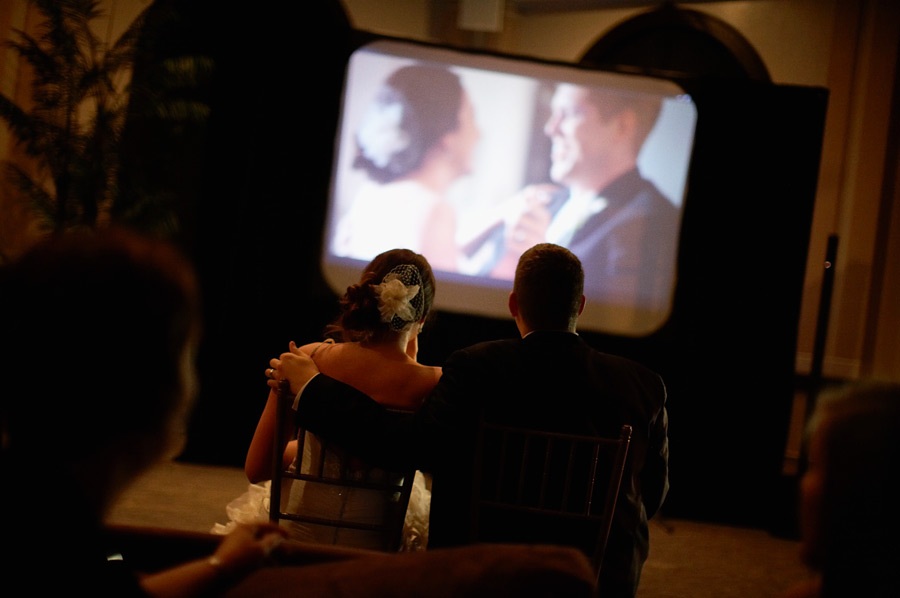“Looking into the past” pictures place past pictures in present day situations. Typically, the camera operator would hold up a vintage image of the same location and match it up with the lens to create a “seamless” effect as a way to blend the modern and vintage photos together. Some of them are spectacular!
As you could probably tell, this style of photography makes for some pretty cool photos. For over 70 more images just like these, check out the BuzzFeed post here: https://www.buzzfeed.com/mjs538/75-captivating-looking-into-the-past-pictures



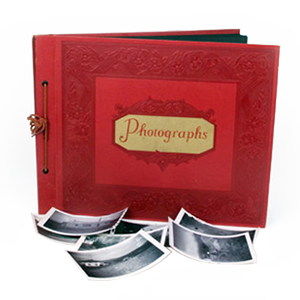

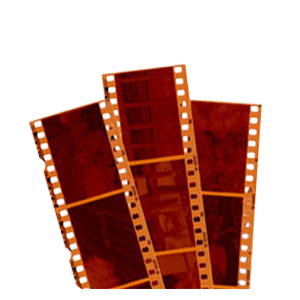
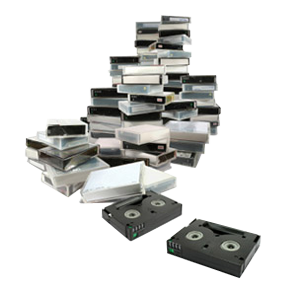
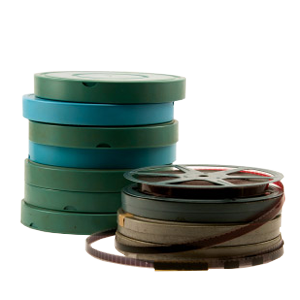
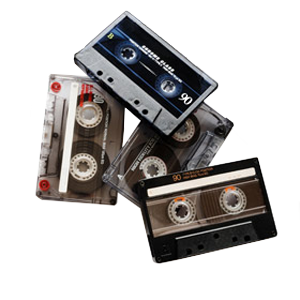






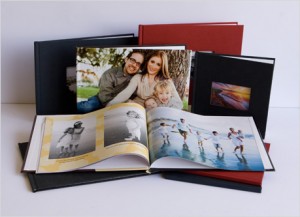
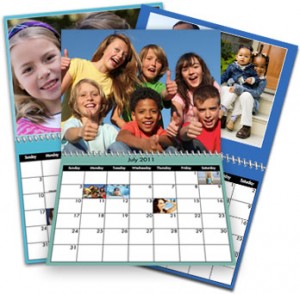


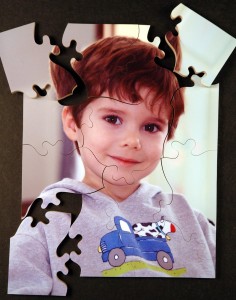
 Jazz up the next poker night with completely custom playing cards! You can create your deck in any style you choose, using any number of images to create a special deck that the whole group would love. These are also great for a family game night where every member can play with their own custom deck!
Jazz up the next poker night with completely custom playing cards! You can create your deck in any style you choose, using any number of images to create a special deck that the whole group would love. These are also great for a family game night where every member can play with their own custom deck!